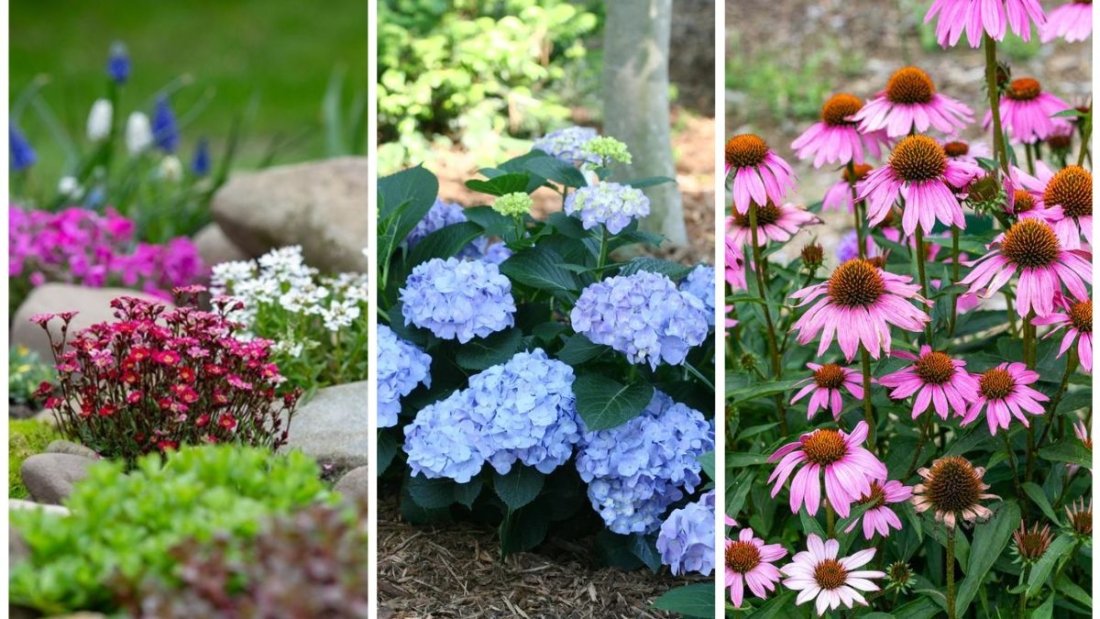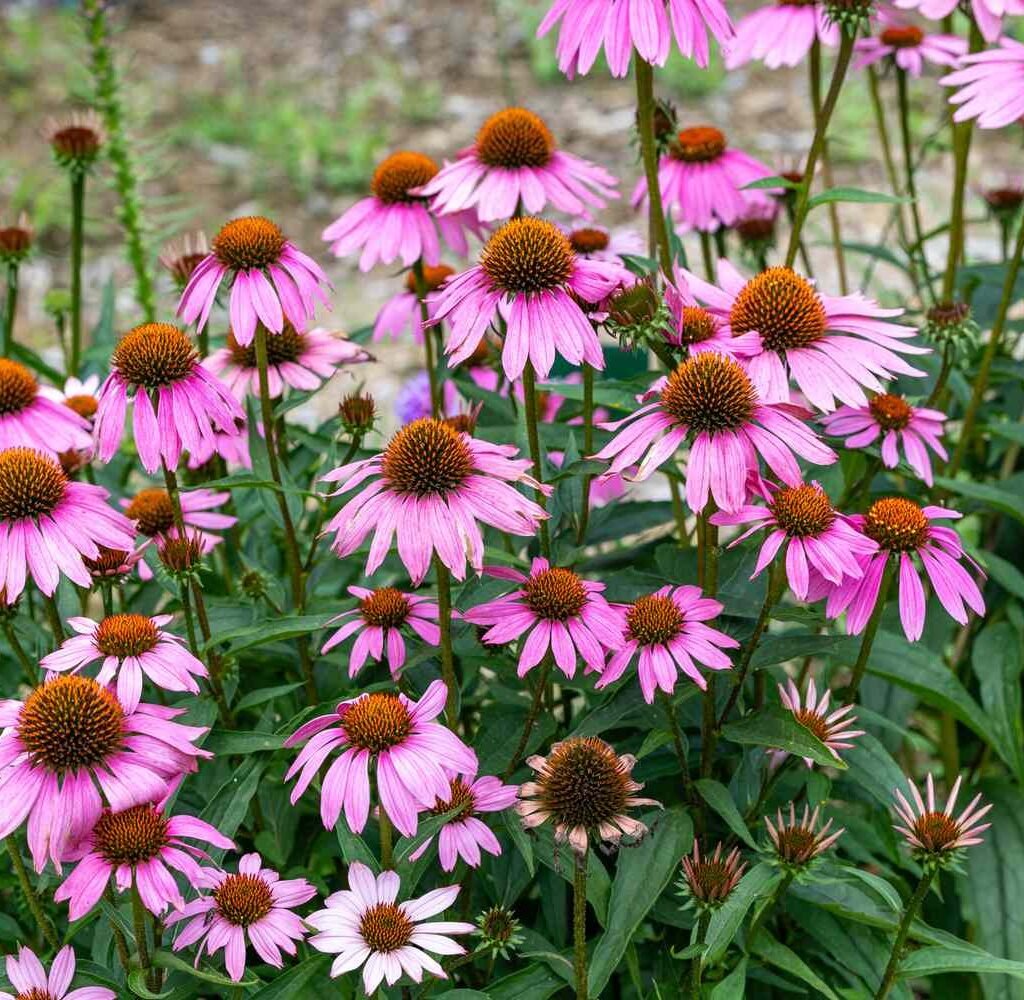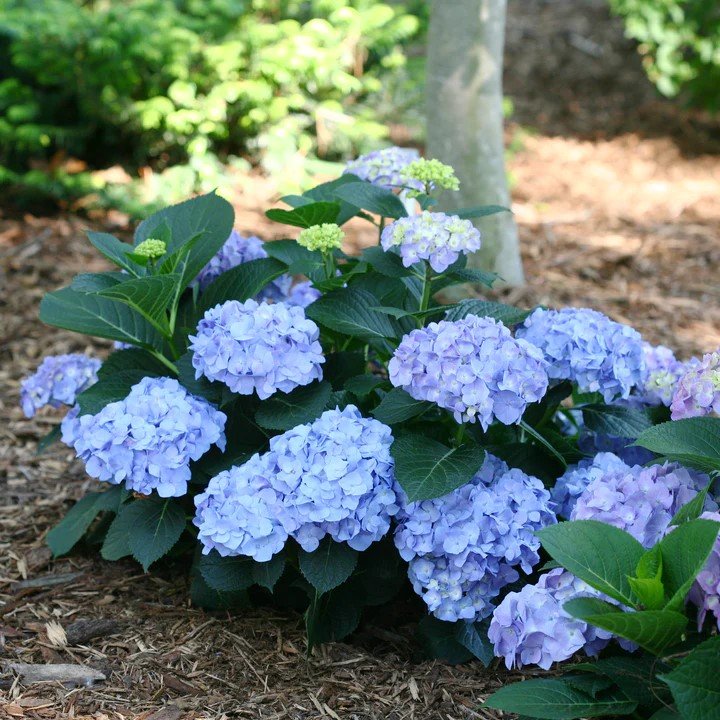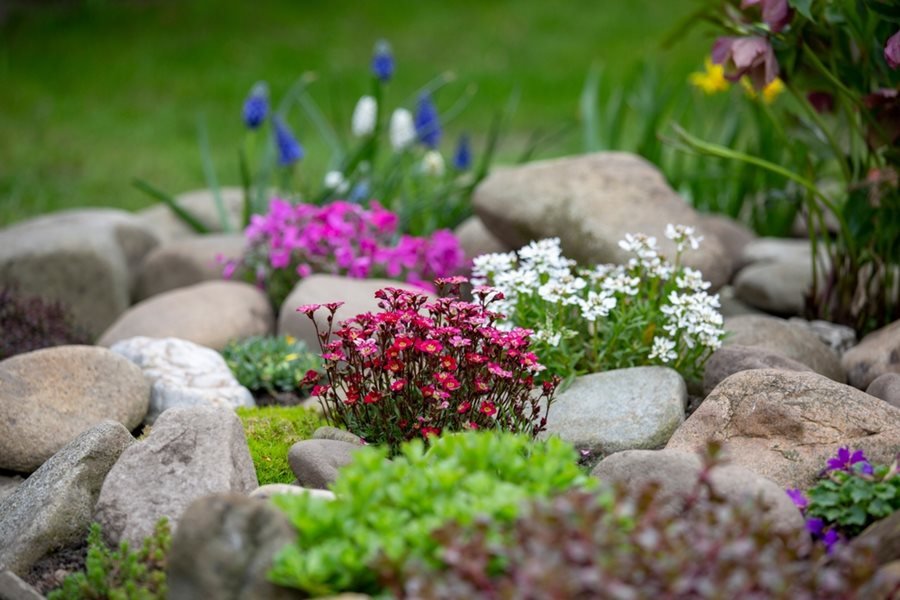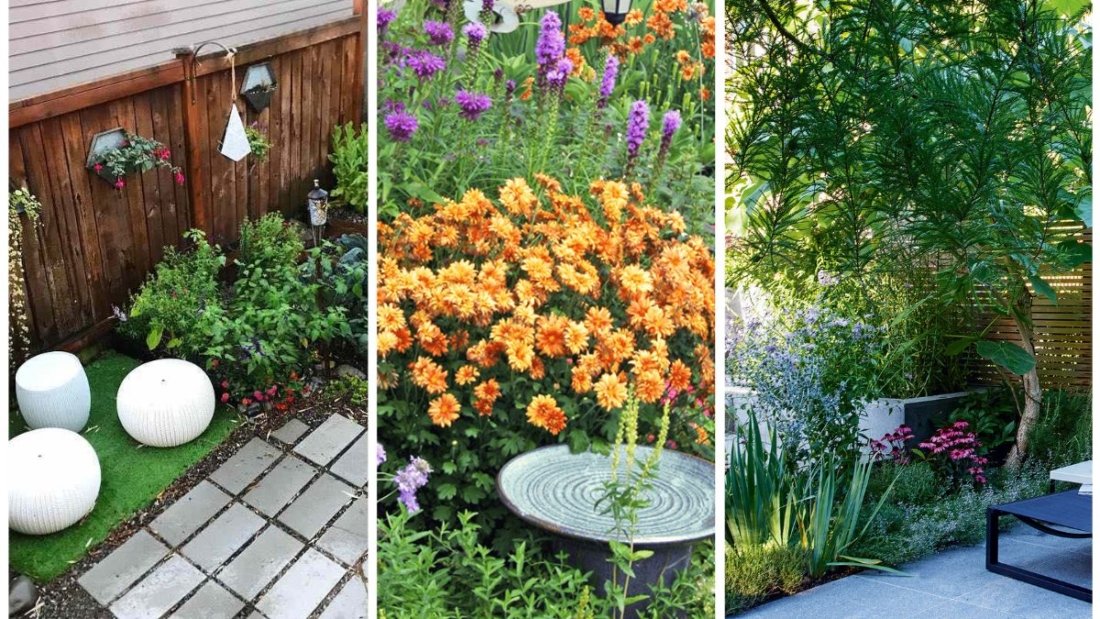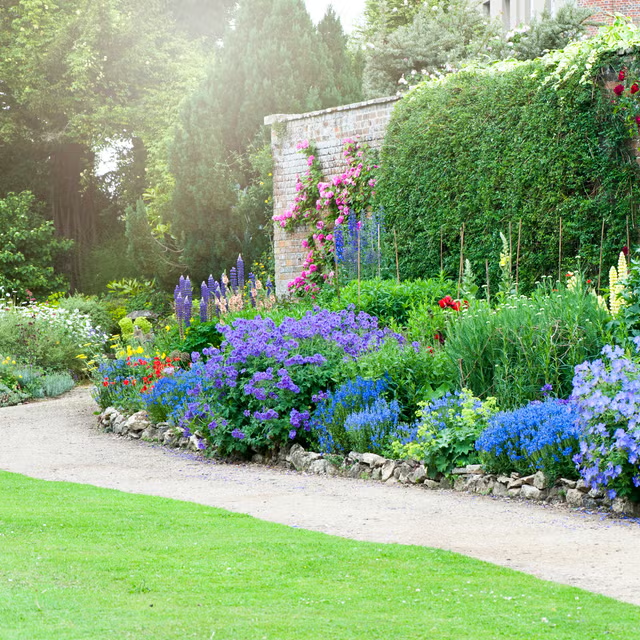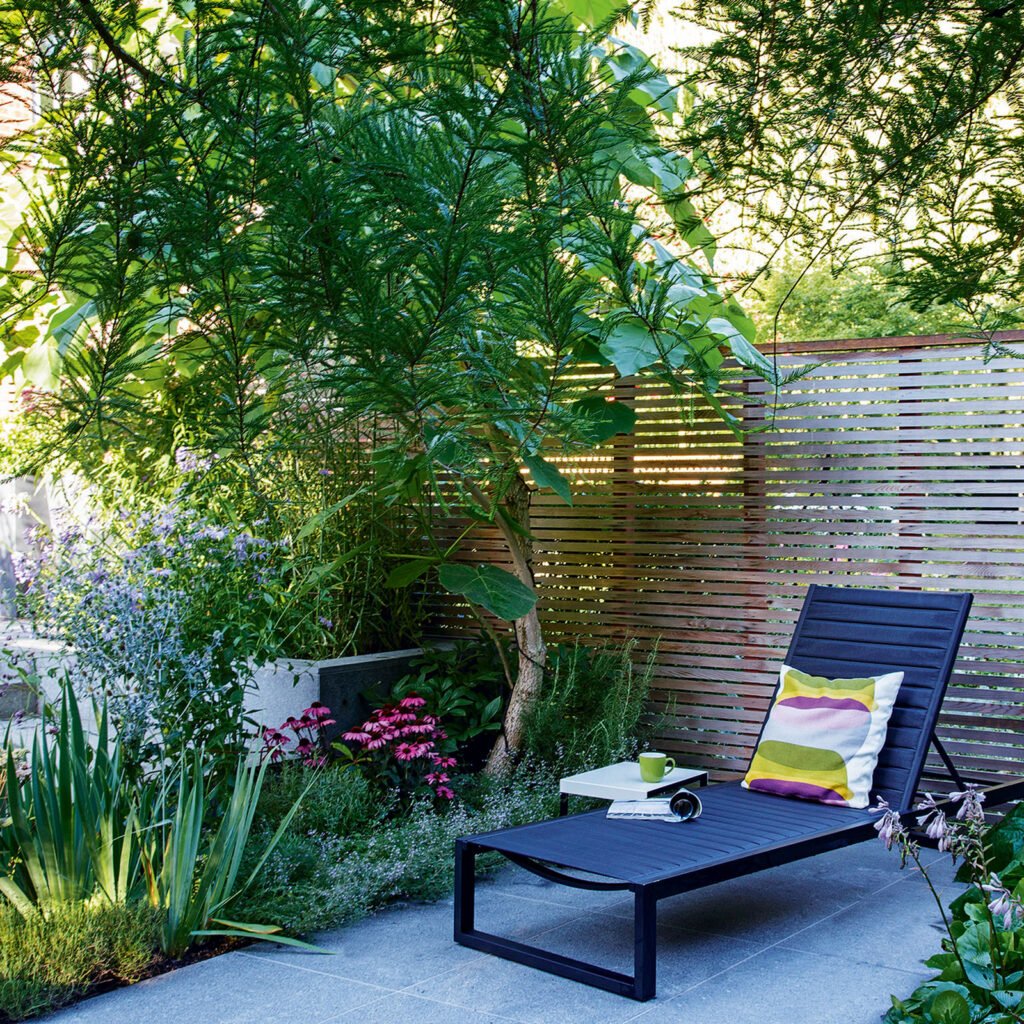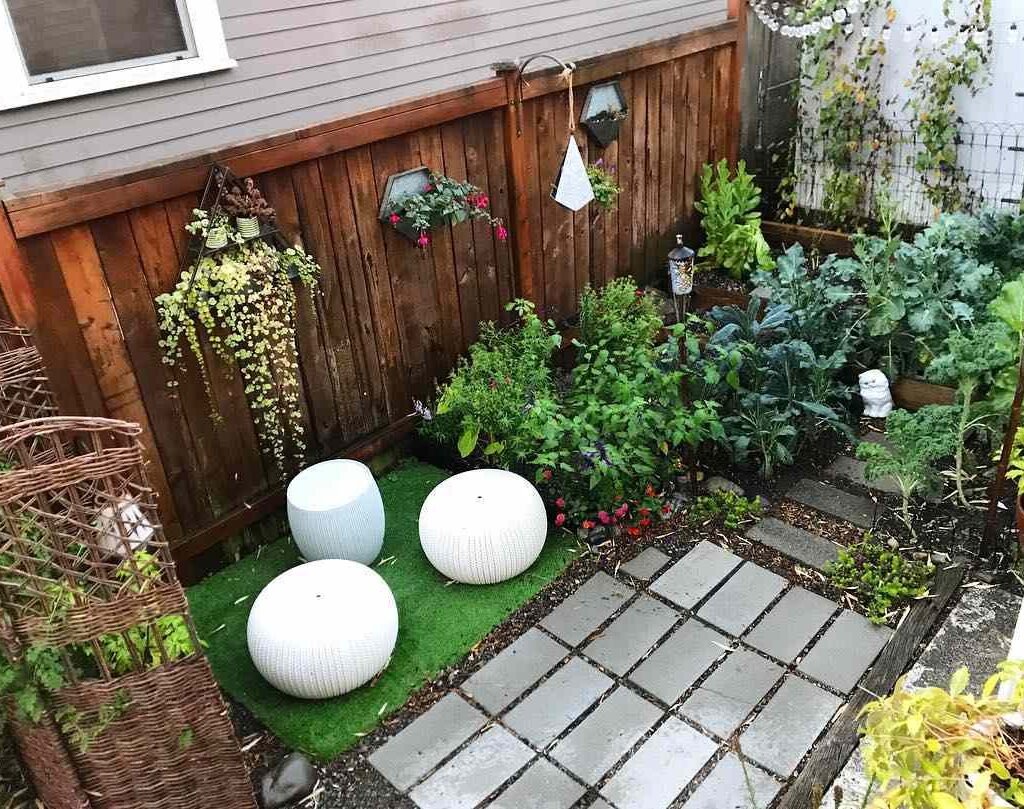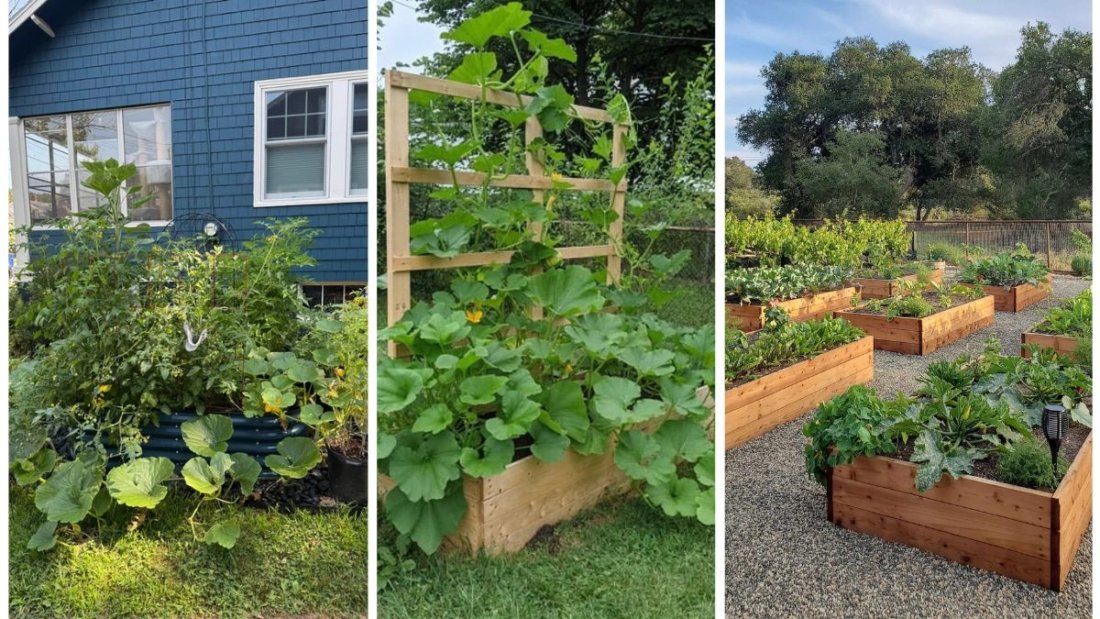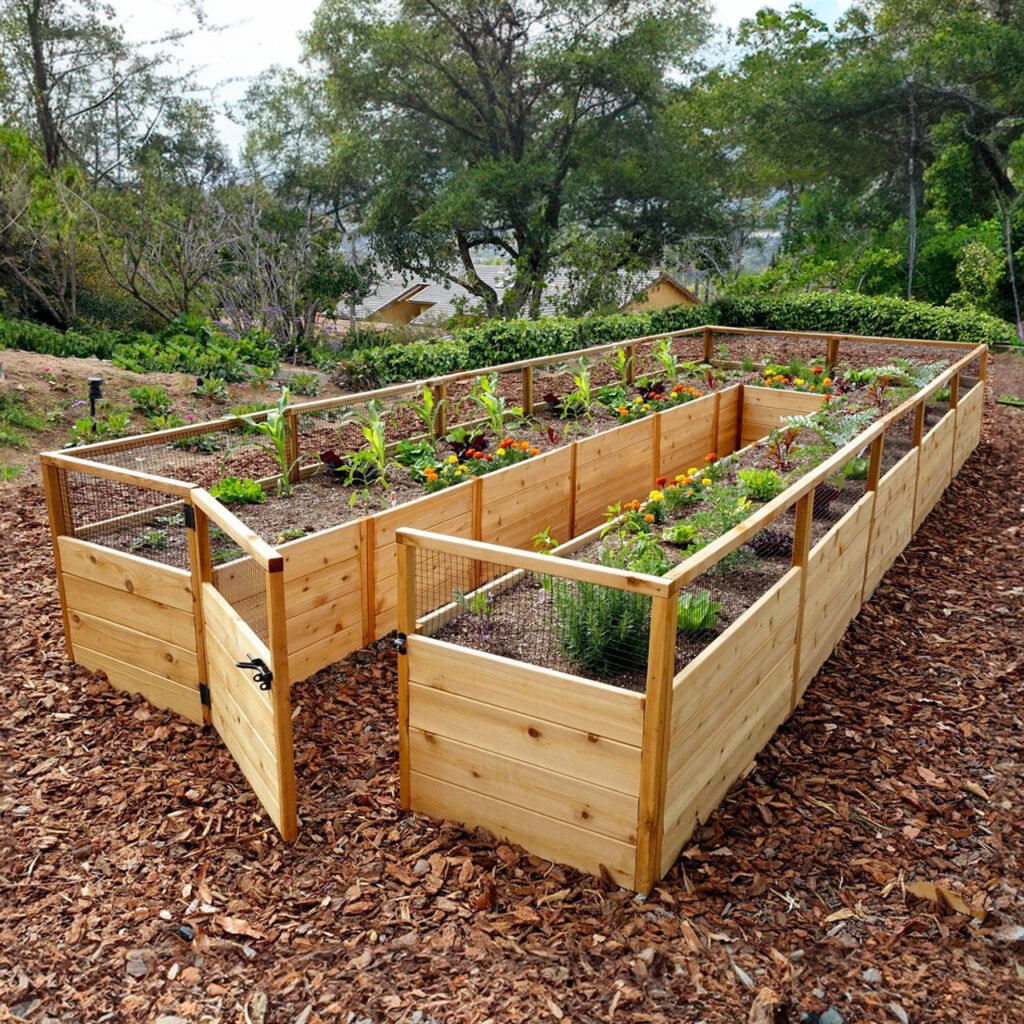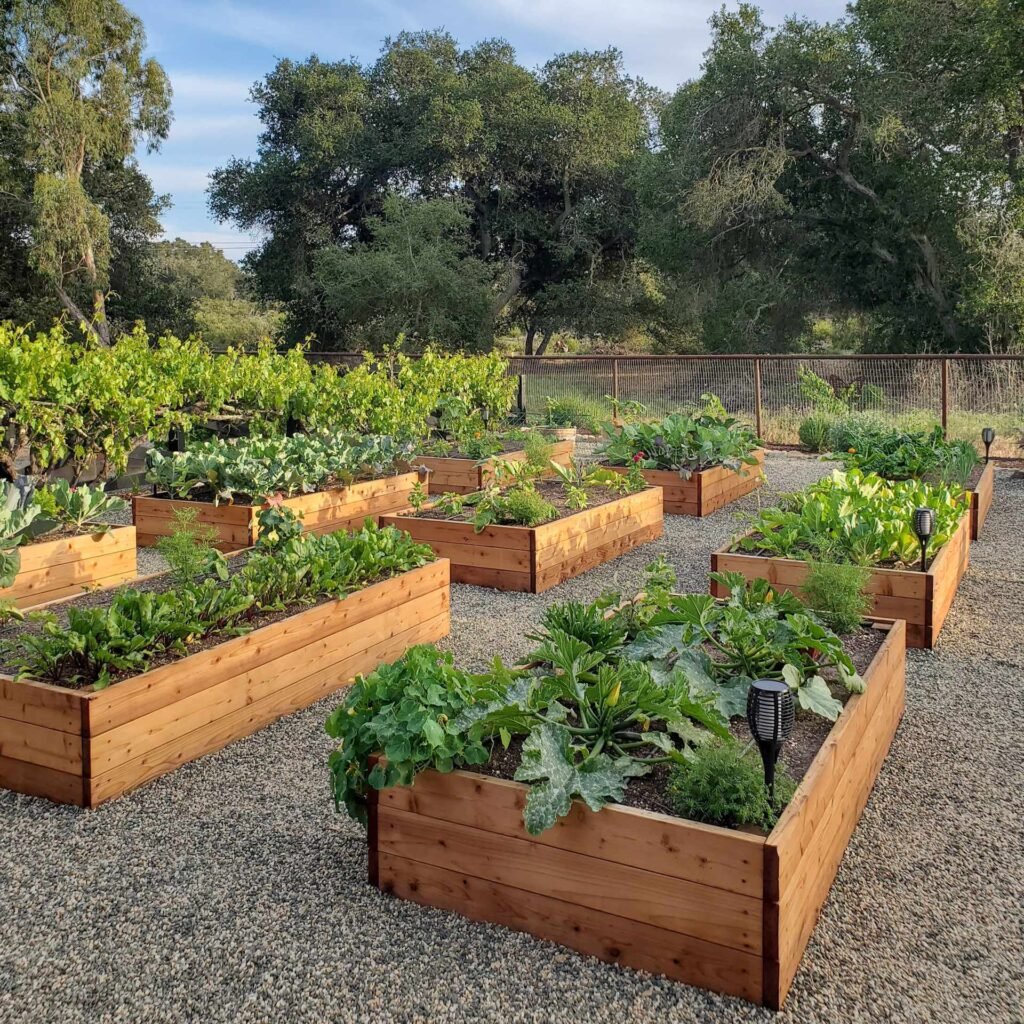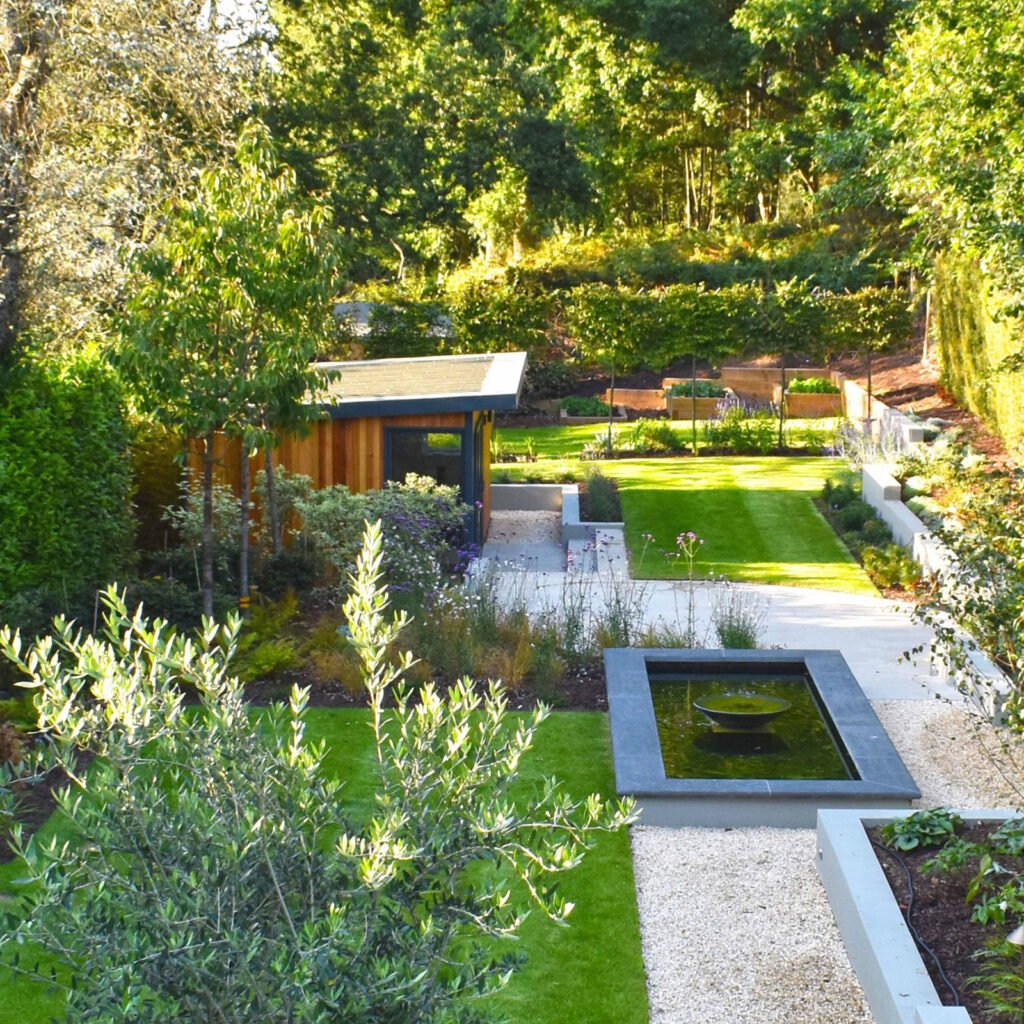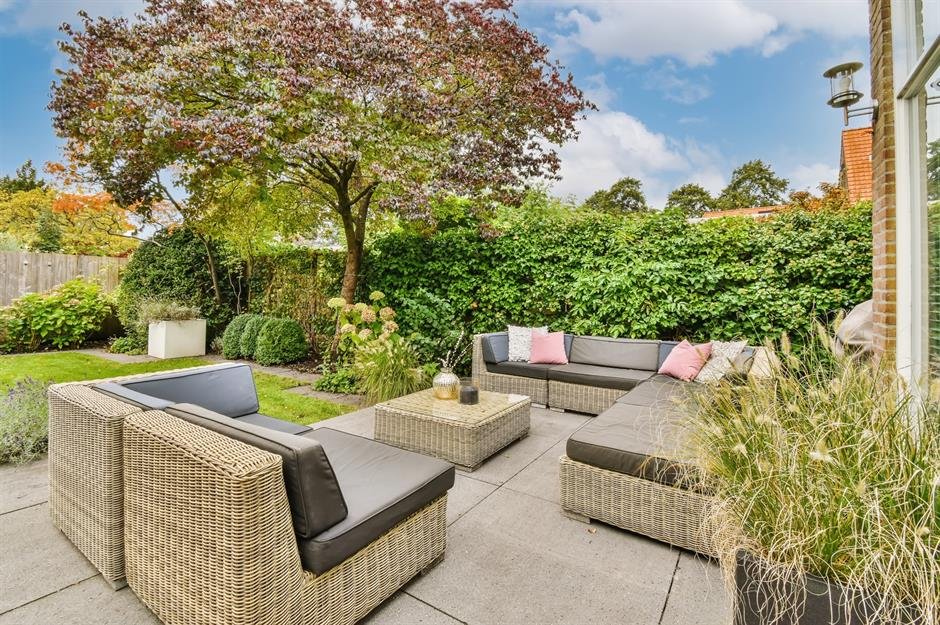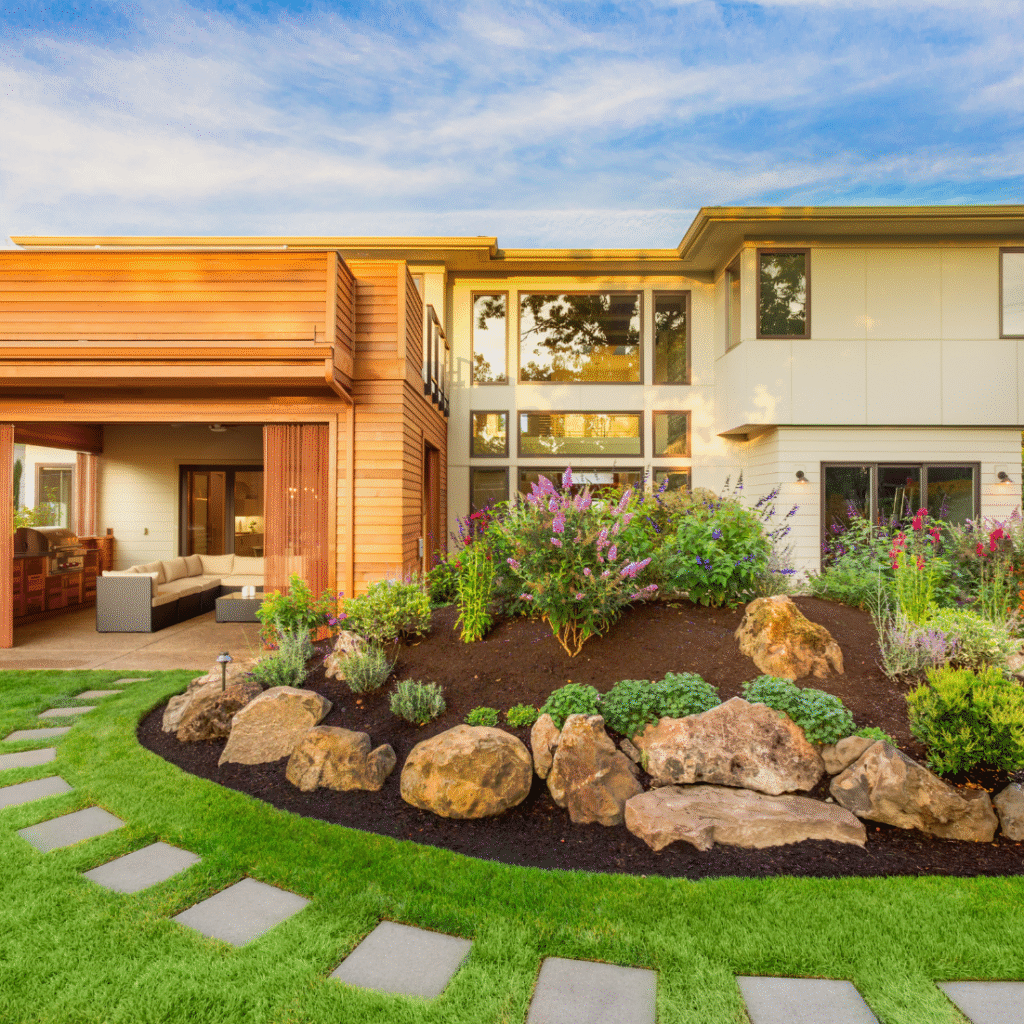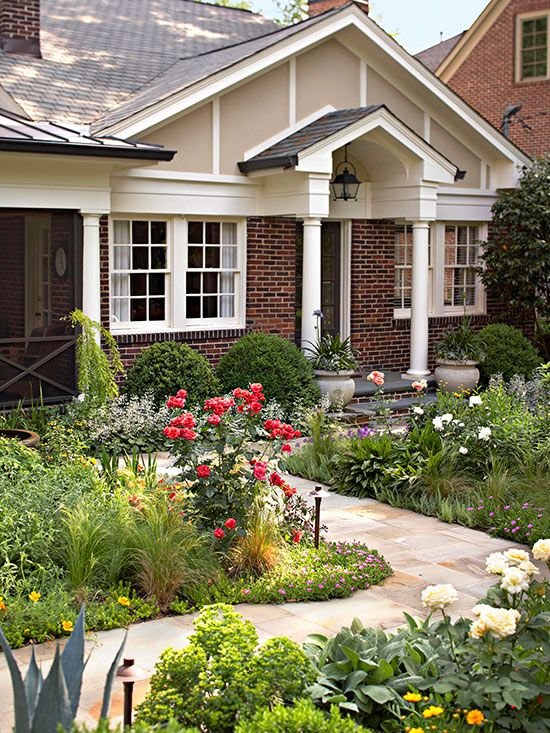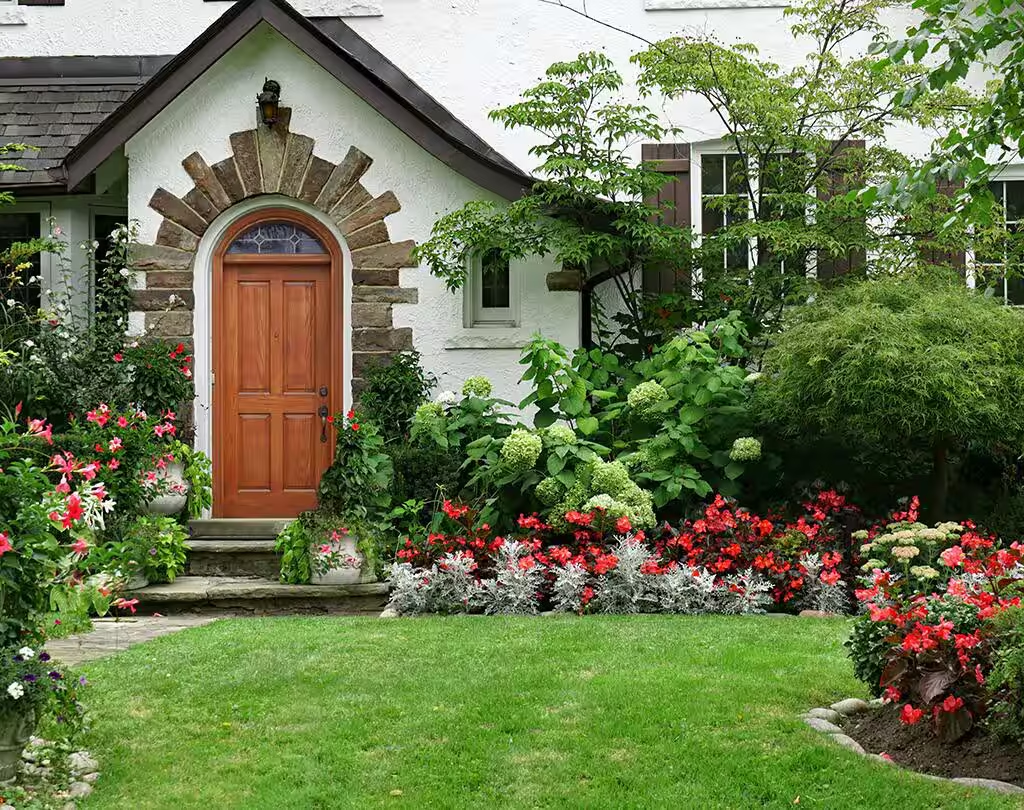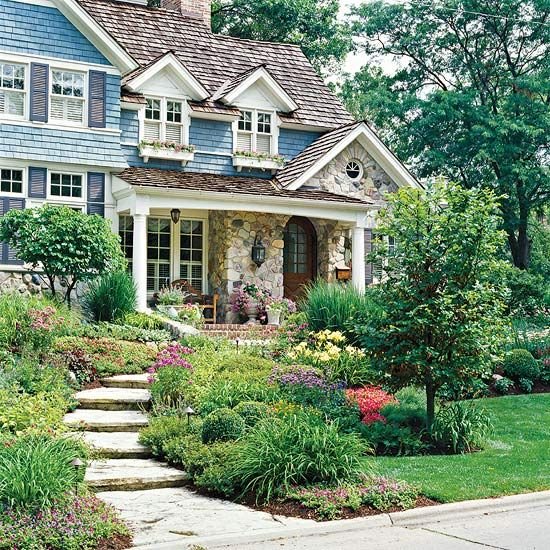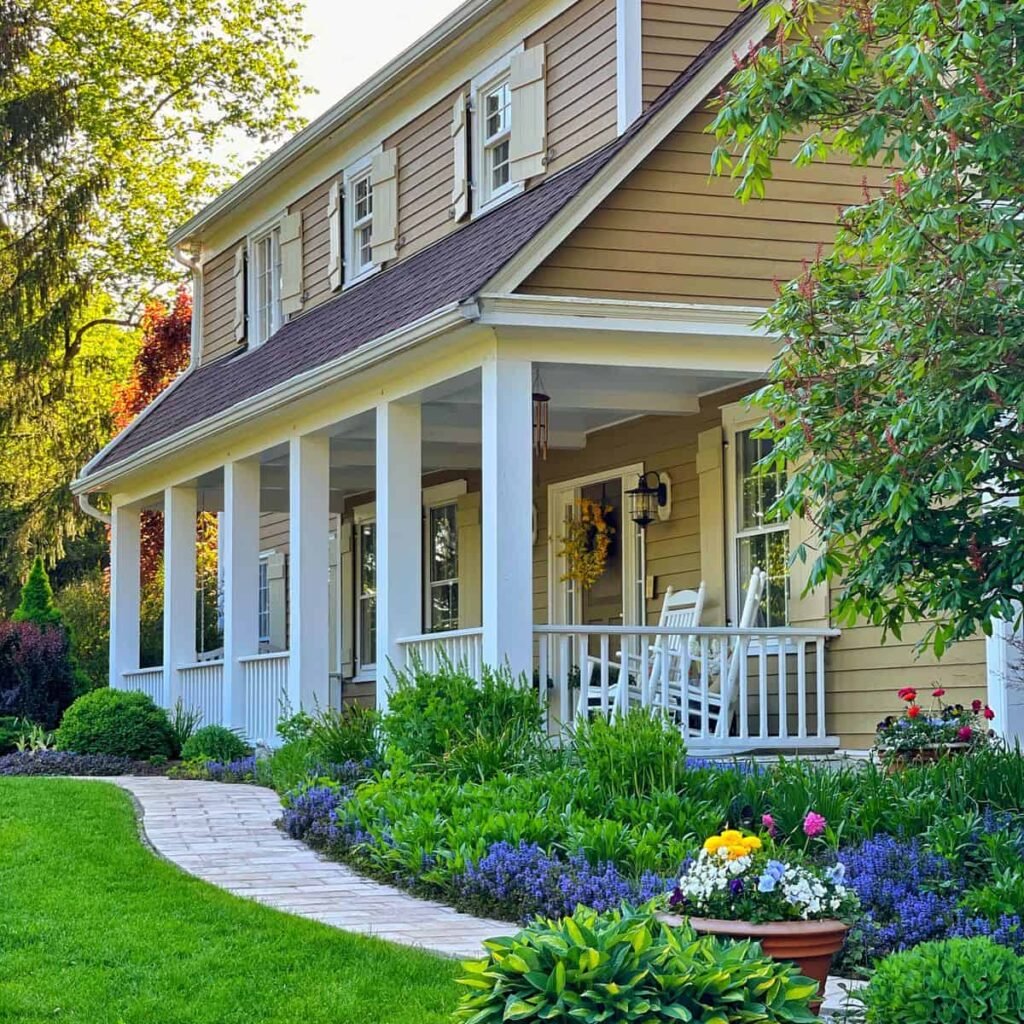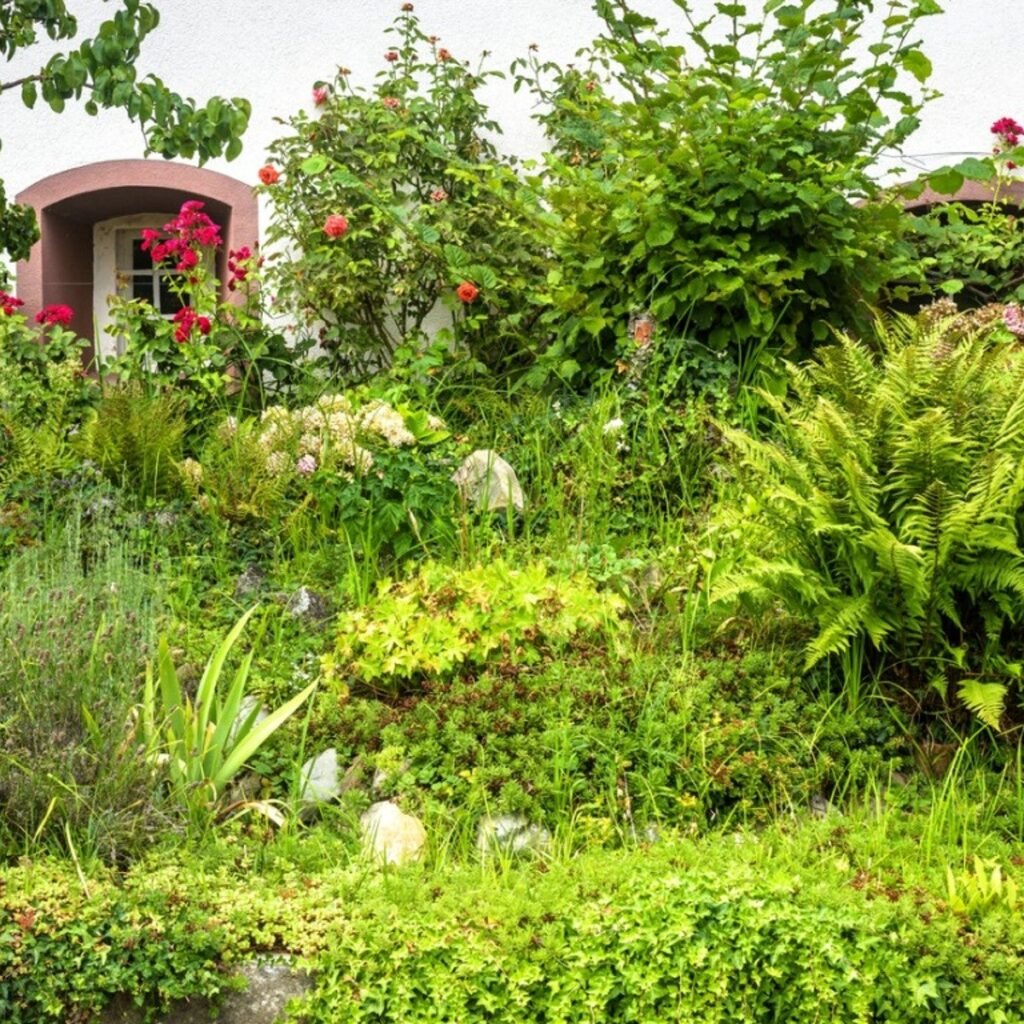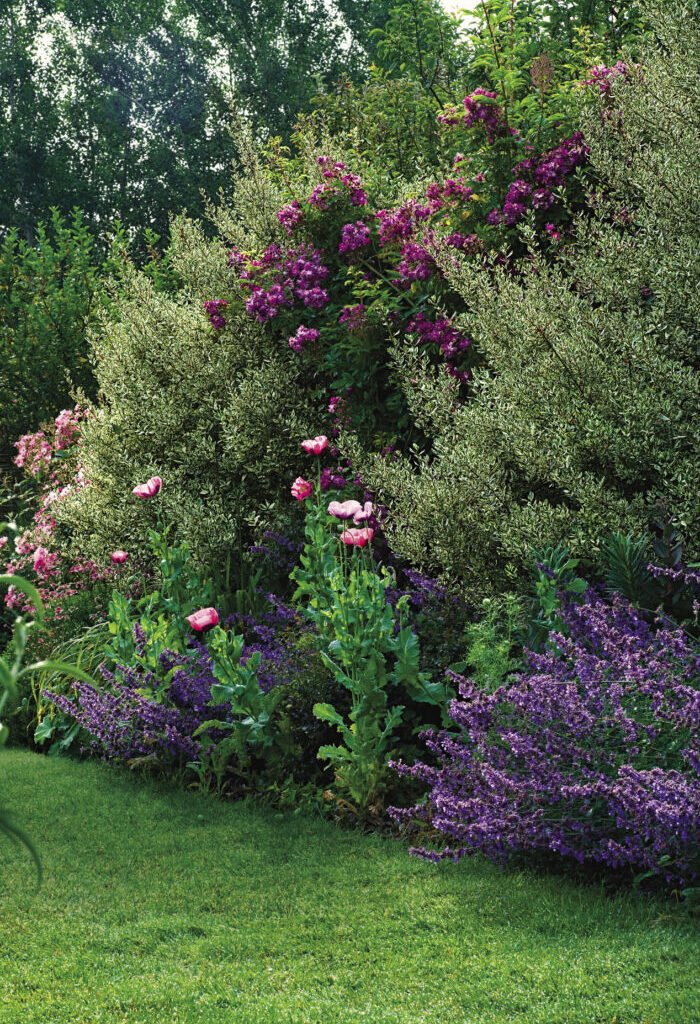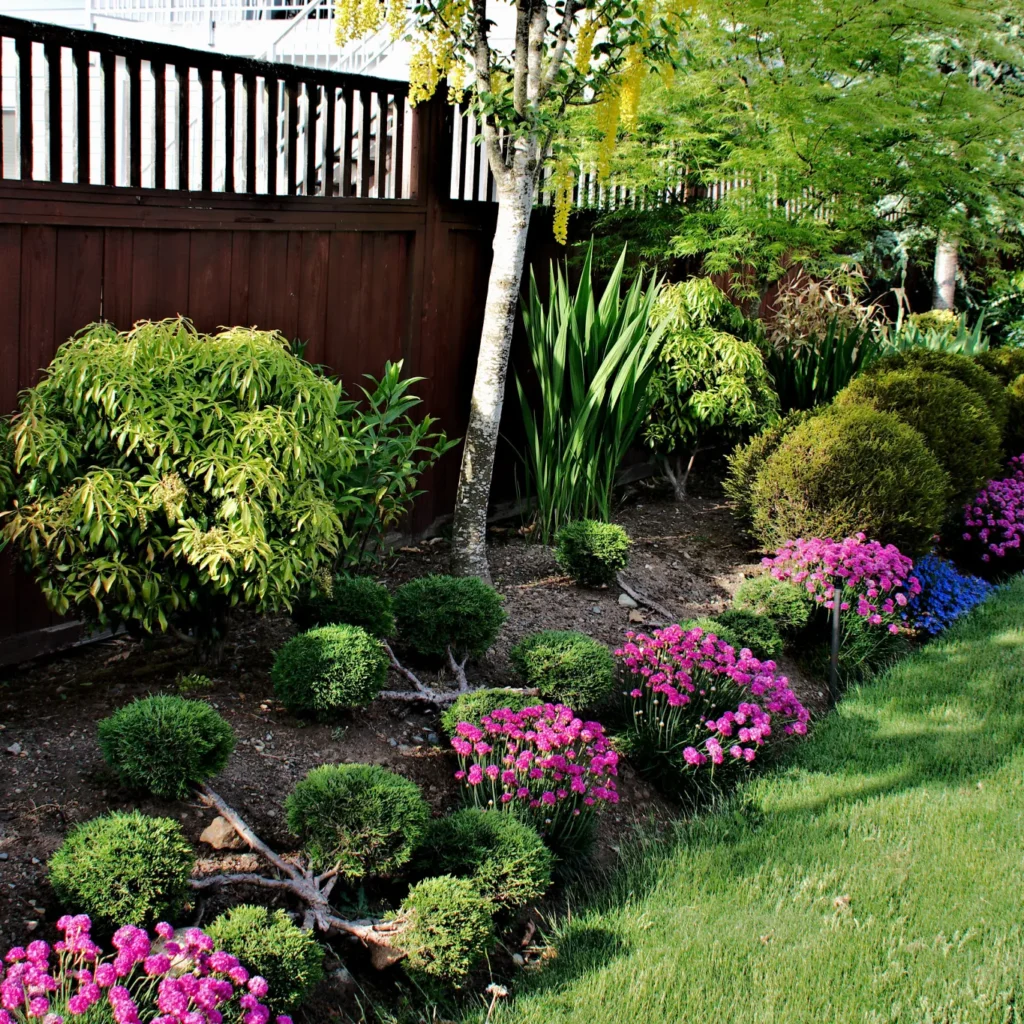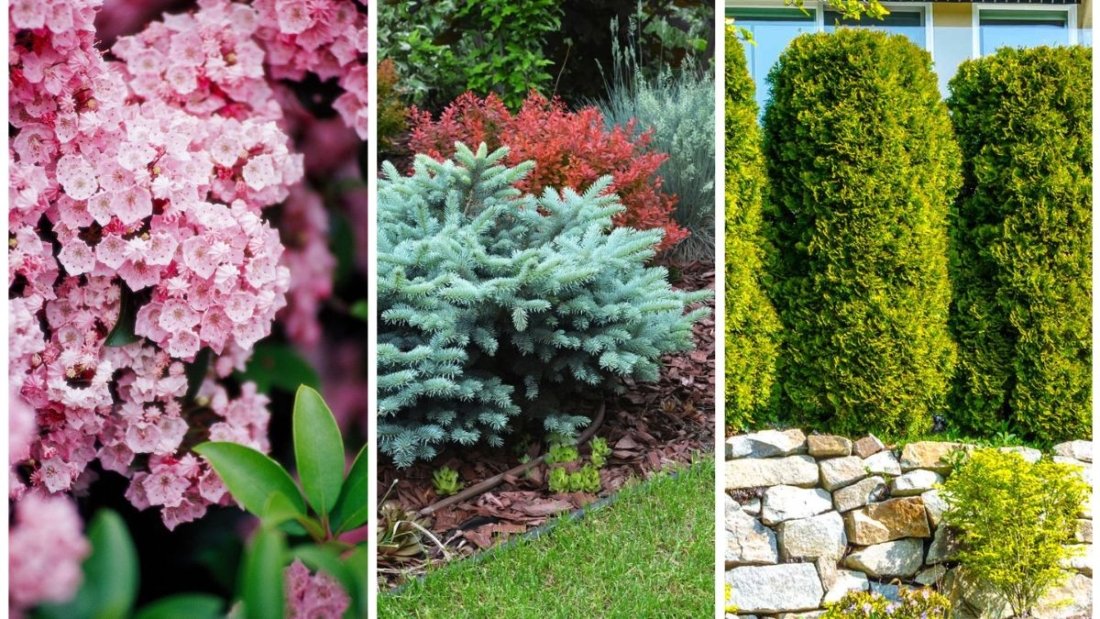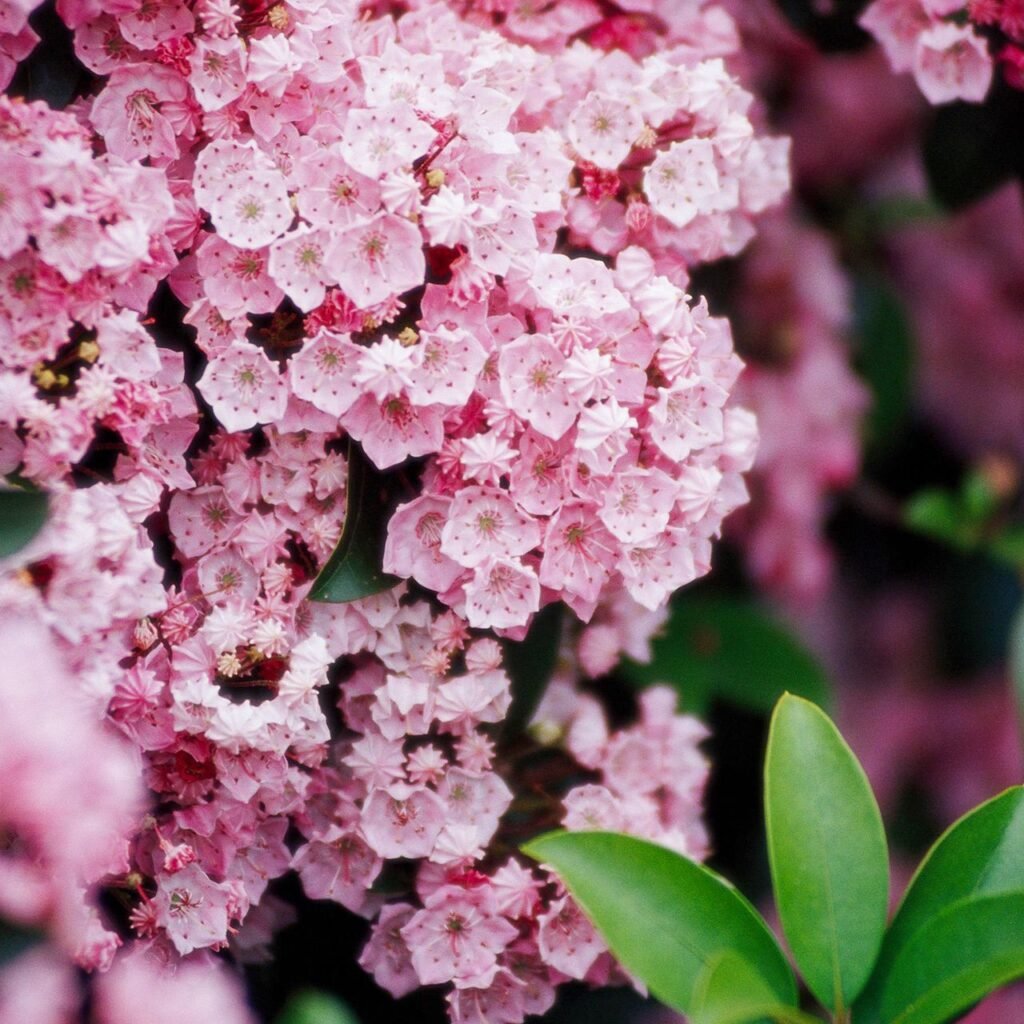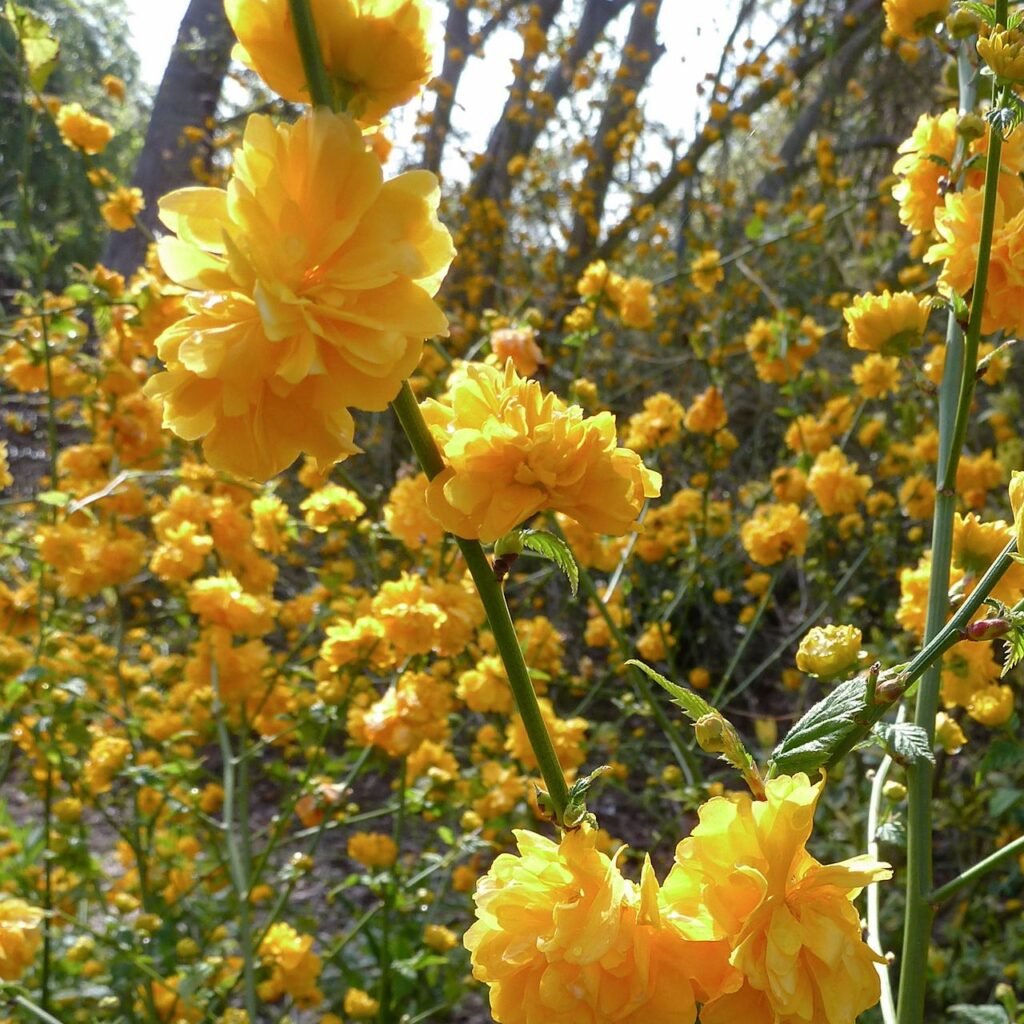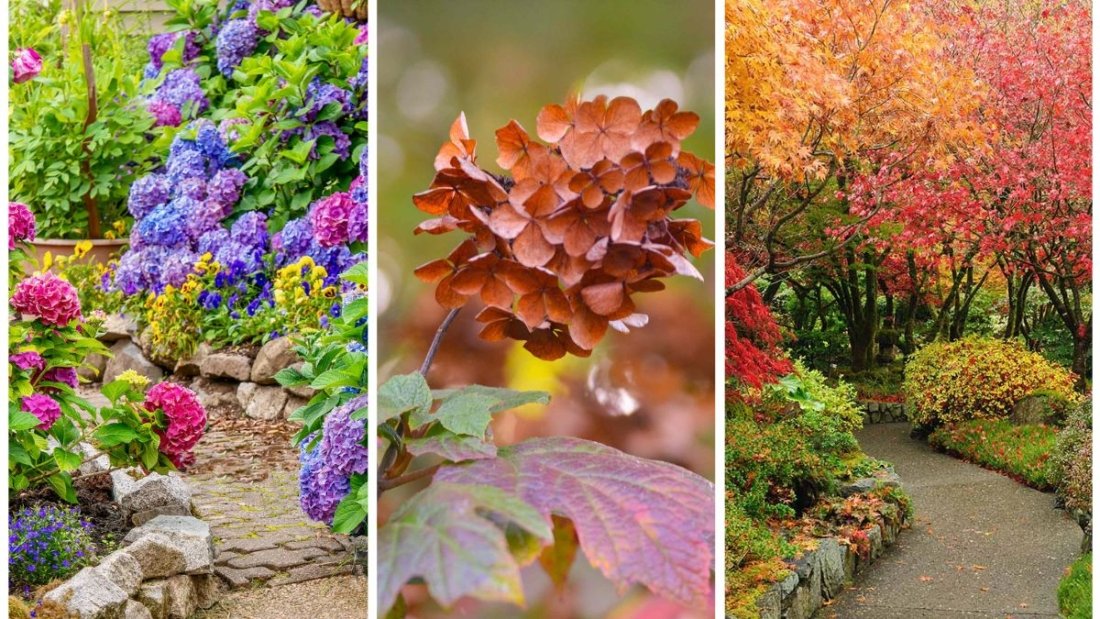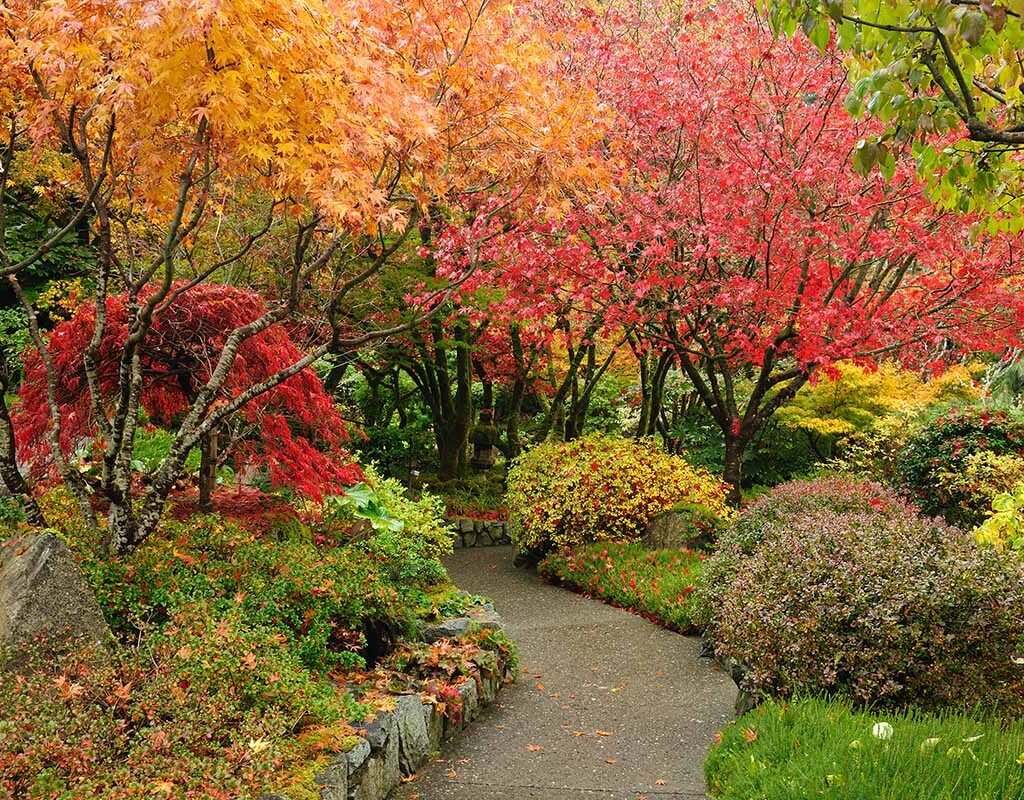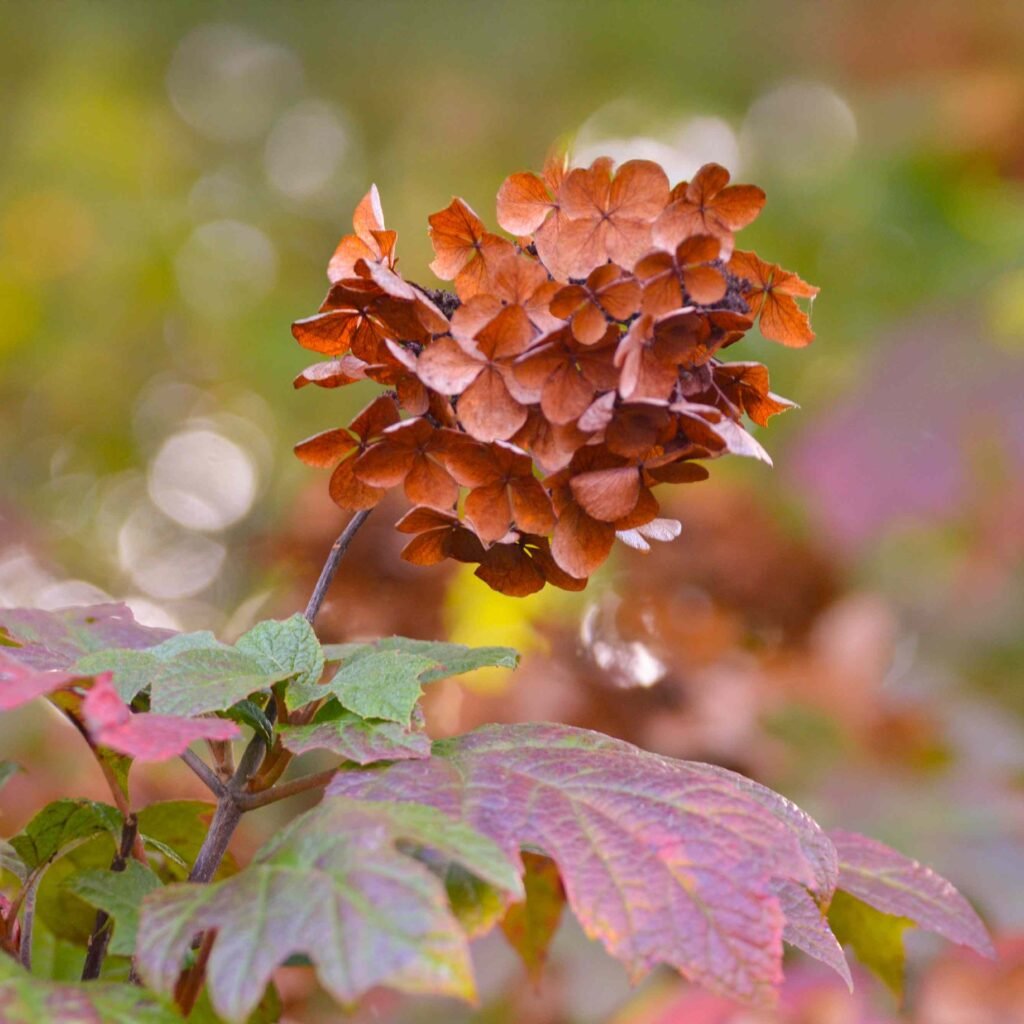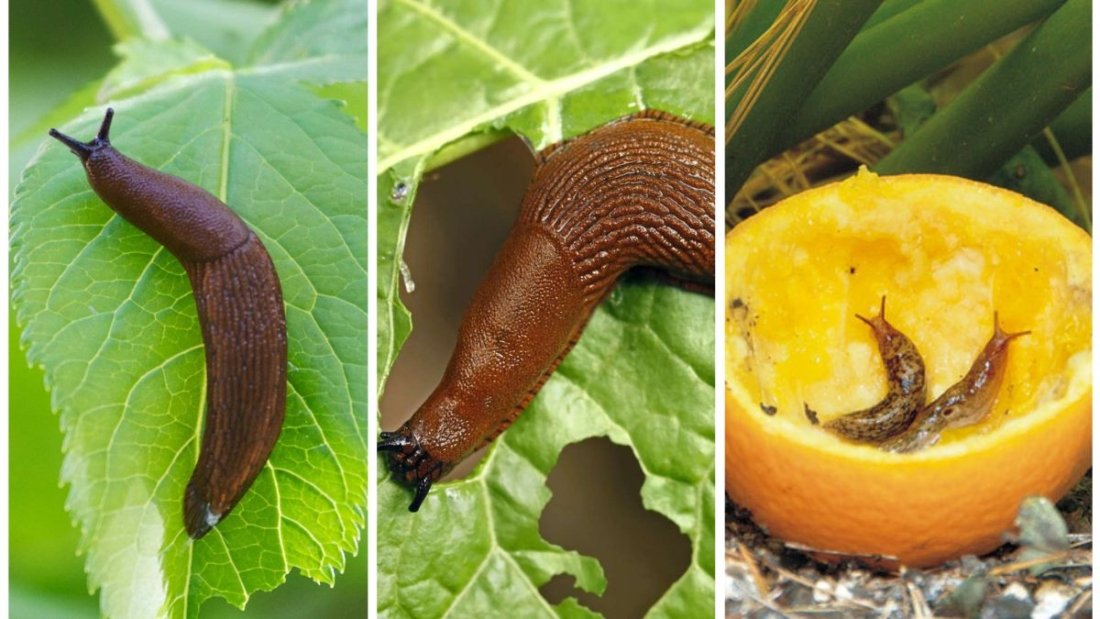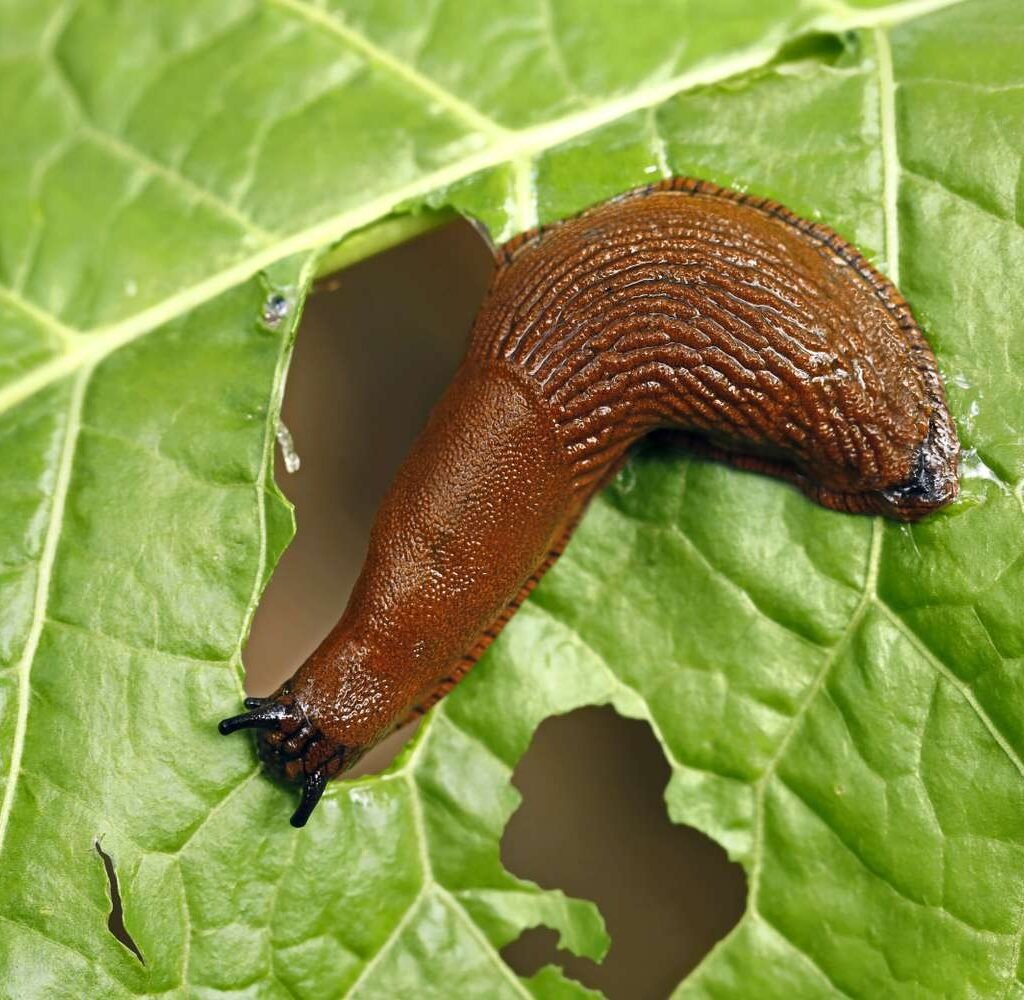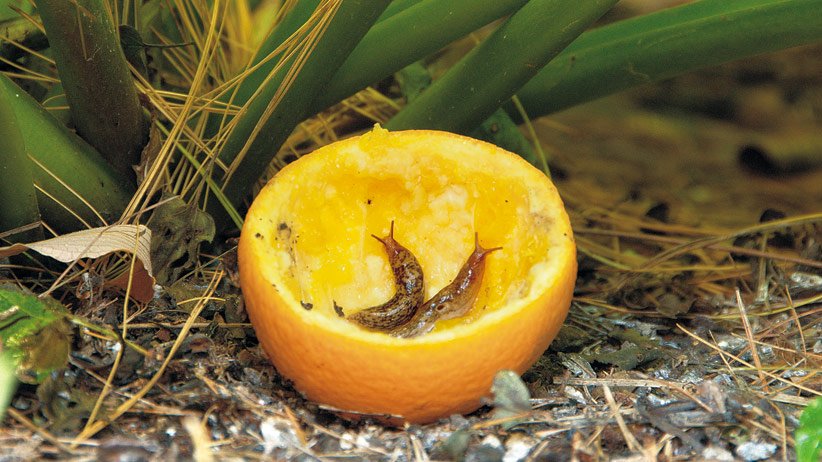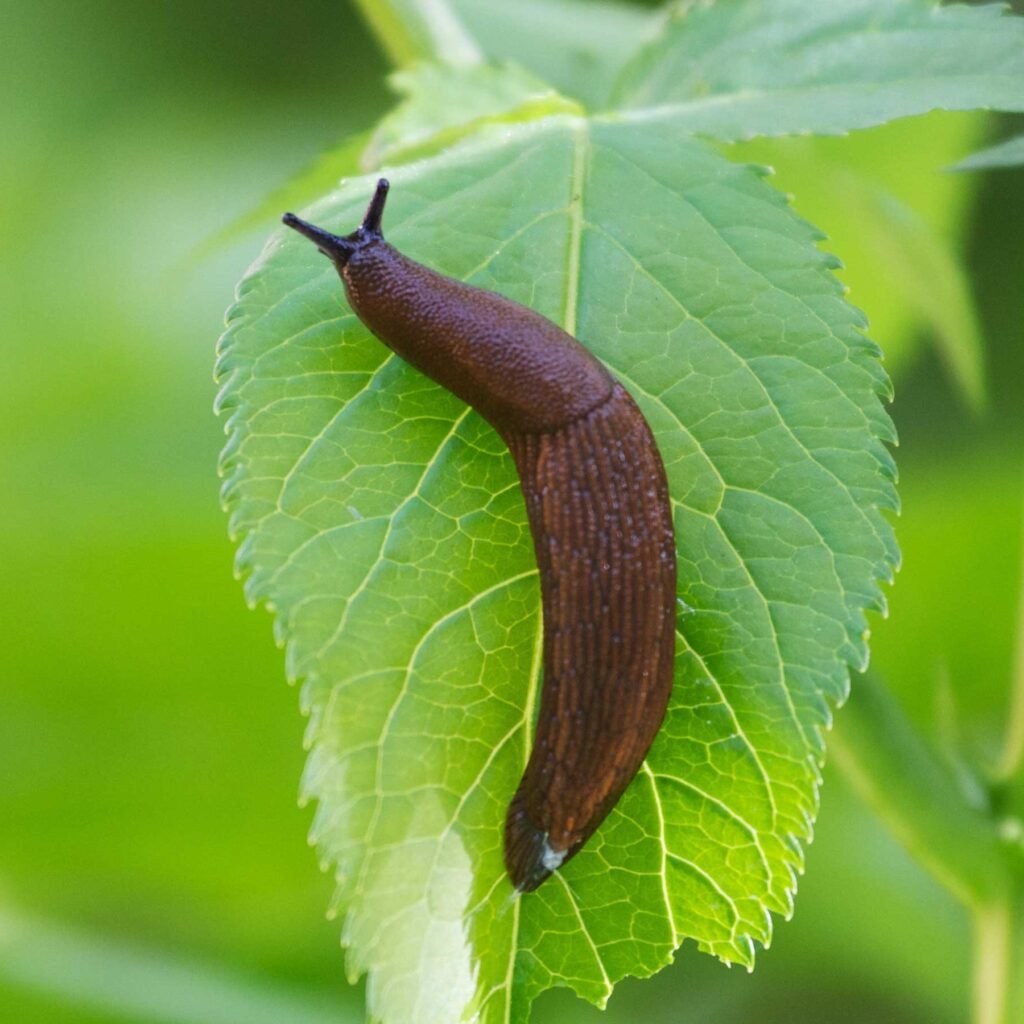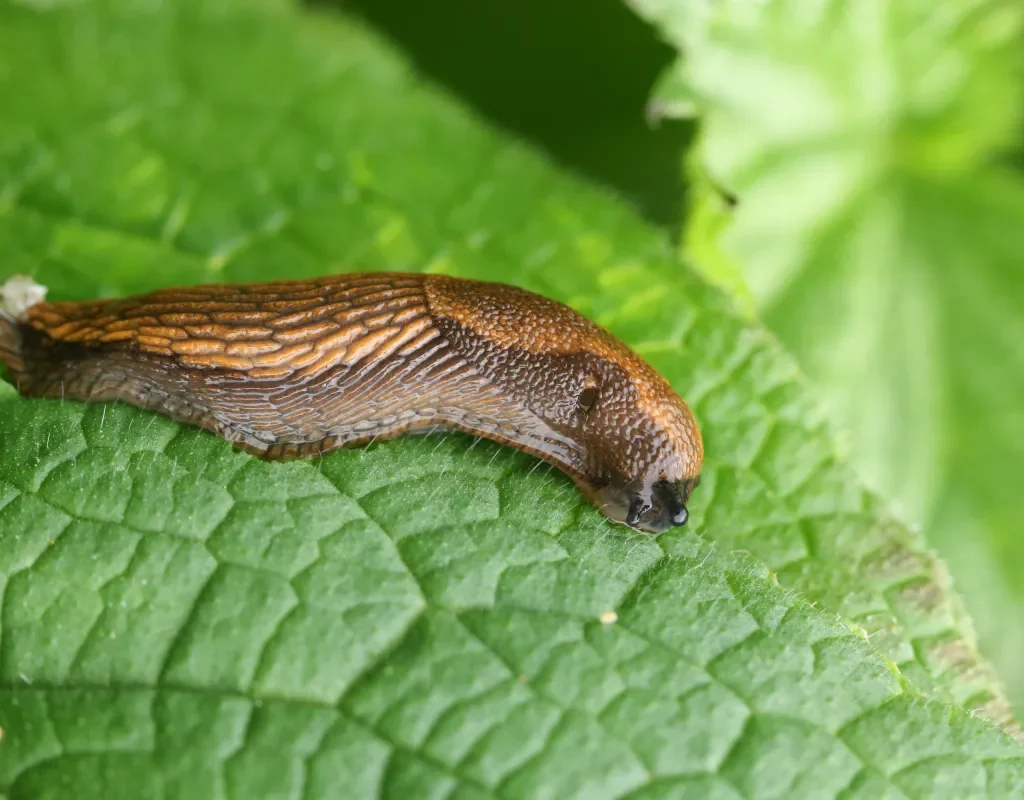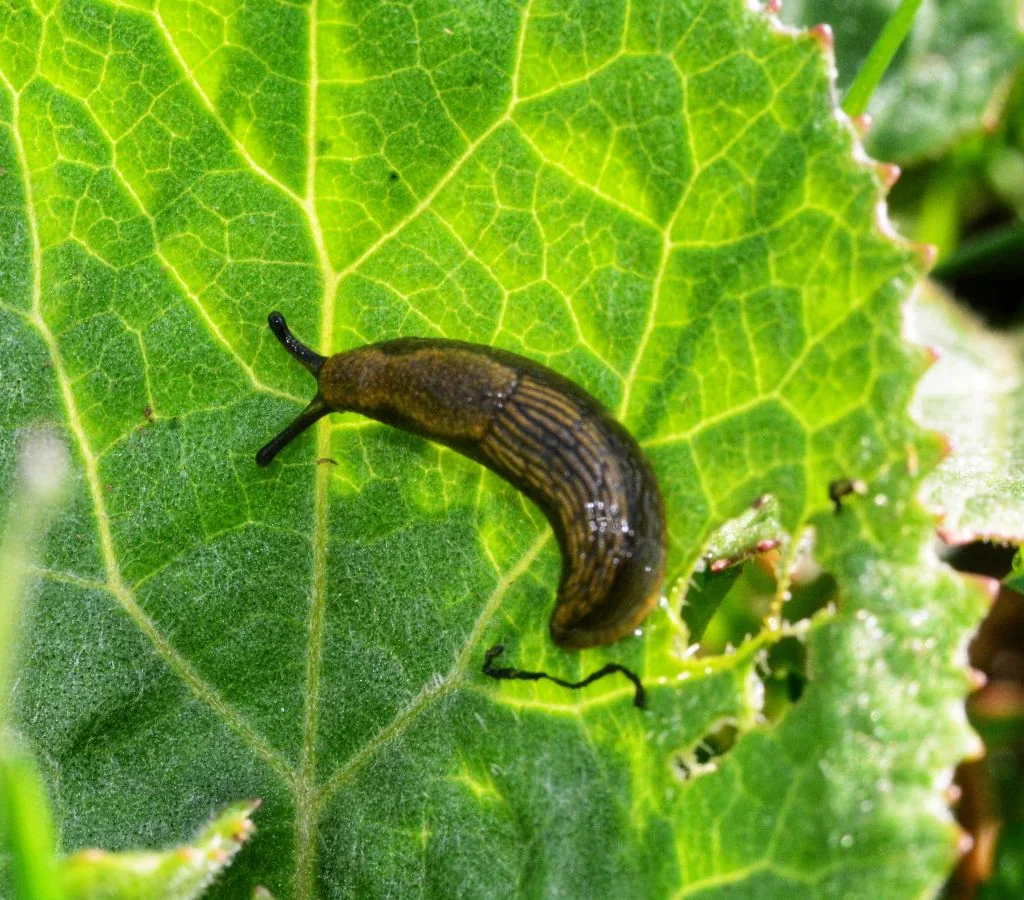Autumn is a rewarding season for gardeners, offering a bountiful harvest of crisp lettuces, kale, broccoli, carrots, and other cool-season vegetables. However, along with the beauty of fall comes a persistent challenge: hungry birds. As natural seed and berry sources dwindle, birds turn to gardens, pecking at ripening vegetables and causing significant damage. For many gardeners, protecting their hard-earned produce without harming wildlife is a top priority.
This article provides a comprehensive guide on how to protect fall vegetables from birds, exploring effective, humane strategies and practical tips for maintaining a productive garden.
Understanding the Problem: Why Birds Target Fall Gardens

Birds, such as crows, sparrows, starlings, and finches, are opportunistic feeders. During fall, they increase their food intake to build fat reserves for migration or winter survival. Tender vegetables, leafy greens, and fruiting plants in gardens are easy and nutritious targets.
Signs of bird damage include:
- Holes in leaves or vegetables
- Missing fruit or vegetables
- Peck marks on tomatoes, peppers, and cabbage
- Scattered seeds from newly sown crops
By understanding bird behavior, gardeners can implement targeted strategies that effectively deter them while preserving the health of the garden ecosystem.
1. Physical Barriers: Netting and Covers
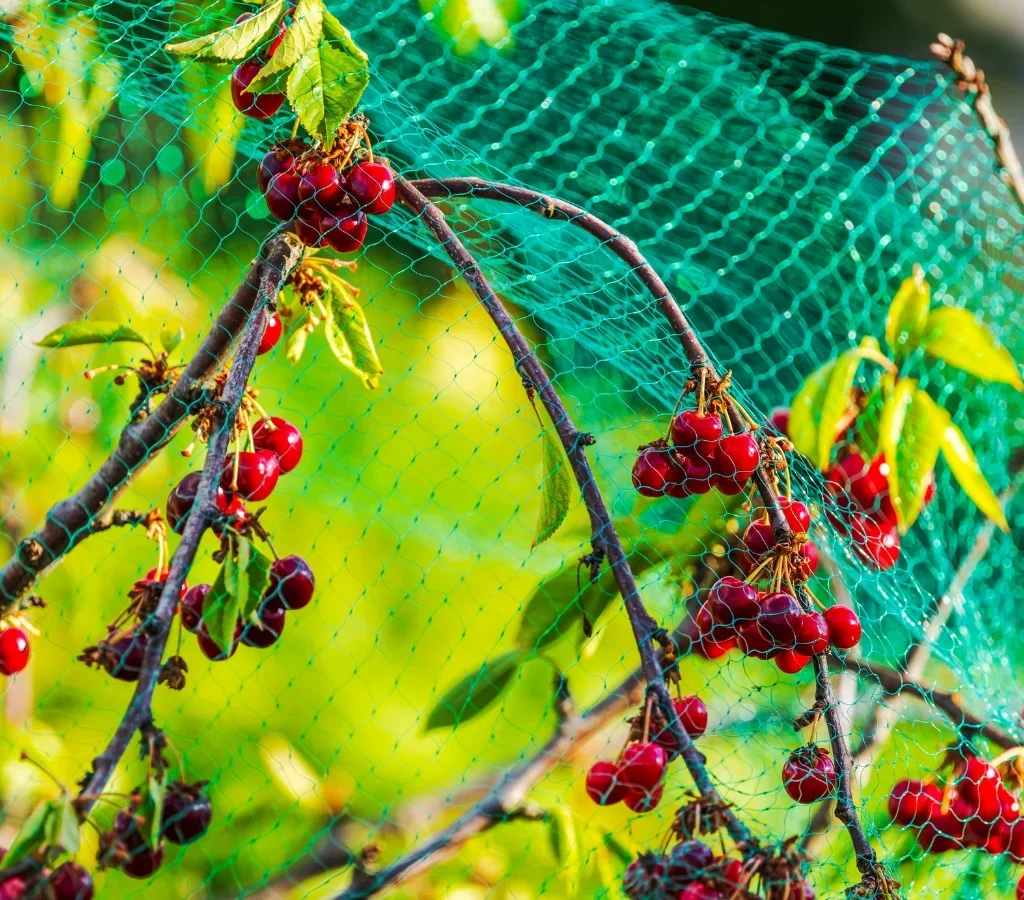
One of the most effective ways to protect fall vegetables is to create a physical barrier between birds and crops.
Methods
- Garden Netting: Lightweight, bird-proof netting draped over plants prevents access. Secure edges with stakes or rocks to prevent birds from slipping underneath.
- Floating Row Covers: Fine mesh row covers protect delicate vegetables like lettuce, spinach, and carrots without restricting sunlight or airflow.
- Cloche or Mini-Greenhouses: Individual protective domes shield young seedlings from pecking birds.
Tips for Effective Use
- Ensure the netting is taut and doesn’t rest directly on plants to avoid crushing them.
- Regularly check for gaps, especially after wind or rain, as birds can exploit even small openings.
- Remove covers periodically to allow pollinators access if necessary.
Physical barriers are highly effective, especially for leafy greens and small vegetables, providing direct, immediate protection.
2. Visual Deterrents
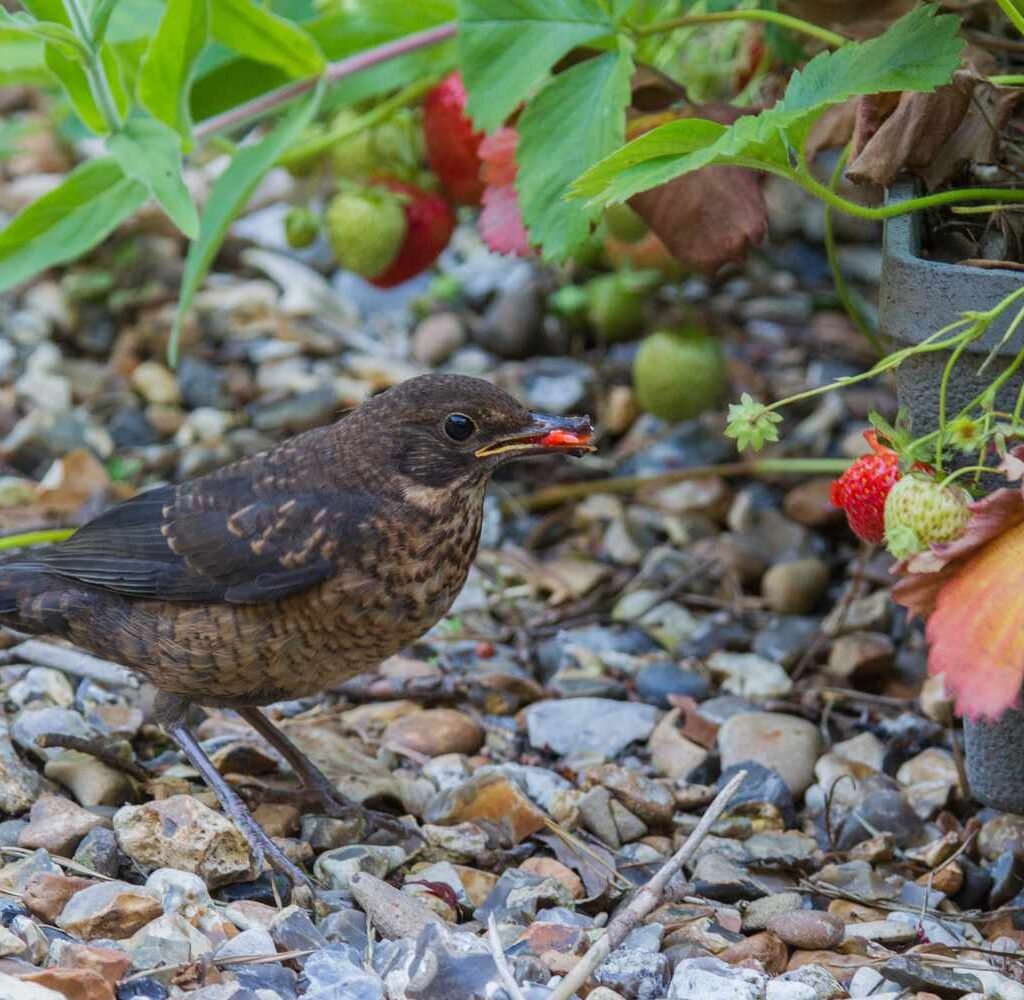
Birds are cautious and easily startled by unusual sights. Visual deterrents exploit this instinct to keep birds away from your garden.
Examples of Visual Deterrents
- Reflective Objects: Aluminum foil strips, old CDs, or reflective tape fluttering in the wind create disorienting reflections.
- Decoys: Plastic owls, hawks, or snakes placed near vegetable beds mimic predators. Rotate their position frequently to maintain effectiveness.
- Scare Balloons: Brightly colored balloons with large eye patterns move with the wind, startling birds.
Implementation Tips
- Combine multiple deterrents for stronger impact.
- Change positions regularly; birds can become habituated to stationary objects.
- Ensure deterrents do not damage plants or create hazards for children or pets.
Visual deterrents are cost-effective and low-maintenance, but they work best as part of a multi-layered approach.
3. Auditory Deterrents

Sound-based deterrents exploit birds’ sensitivity to sudden noises, discouraging them from visiting the garden.
Examples
- Wind Chimes: Random clanging can scare smaller birds.
- Ultrasonic Bird Repellers: Devices emit high-frequency sounds that birds perceive as distress signals.
- Recorded Predator Calls: Play recordings of hawks or owls to mimic natural threats.
Tips for Success
- Combine with visual deterrents for maximum effect.
- Avoid constant noise exposure that may stress other wildlife or pets.
- Rotate sounds or timing to prevent birds from adapting.
Auditory methods are particularly effective for larger, more persistent bird species.
4. Garden Layout and Planting Strategies
Modifying your garden design can reduce bird access and make plants less attractive.
Techniques
- Dense Planting: Crowding plants together discourages birds from landing and feeding.
- Companion Planting: Mix bird-repellent plants like marigolds, garlic, and chives near vulnerable vegetables.
- Harvest Timing: Pick vegetables as soon as they ripen to limit exposure.
- Barrier Plants: Plant tall grasses or shrubs around vegetable beds to act as natural hiding barriers for birds.
Thoughtful garden design reduces bird damage while maintaining an aesthetically pleasing and productive landscape.
5. Taste-Based and Homemade Repellents

Birds rely heavily on taste and smell. Using non-toxic, natural repellents can discourage them from feeding on vegetables without harming wildlife.
Examples
- Capsaicin Sprays: Made from hot peppers and water, these sprays make leafy greens and fruit temporarily unpalatable to birds.
- Garlic or Vinegar Solutions: Spray lightly on leaves to create a strong odor that birds dislike.
- Commercial Organic Repellents: Available in garden stores, these use natural ingredients safe for plants and animals.
Application Tips
- Reapply after rain or watering to maintain effectiveness.
- Test on a small area first to ensure plants are not harmed.
- Rotate repellents to prevent birds from becoming accustomed.
Taste-based repellents are ideal for sensitive vegetables like lettuce, spinach, and young seedlings.
Combining Strategies for Maximum Effect
Relying on a single method often provides only partial protection. Combining multiple strategies significantly increases success:
- Use netting to physically block birds.
- Add visual deterrents like reflective tape and decoys around the garden.
- Rotate auditory deterrents to prevent habituation.
- Implement garden layout strategies to reduce easy access.
- Supplement with taste-based repellents for particularly vulnerable crops.
A multi-layered approach ensures that birds are consistently deterred without resorting to harmful chemicals.
Long-Term Considerations
Protecting fall vegetables from birds requires consistency and observation:
- Inspect deterrents regularly to ensure they are in place and effective.
- Adjust strategies as crops ripen and bird activity changes.
- Maintain healthy garden conditions, including soil fertility and proper watering, as strong plants are more resilient against minor bird damage.
- Consider seasonal changes; what works in fall may need adjustment in spring or summer.
By planning and combining natural solutions, gardeners can minimize crop loss while promoting a safe and healthy ecosystem.
Conclusion
Birds are a natural and important part of the environment, but they can pose a serious threat to fall vegetable gardens. Gardeners do not need to resort to harmful chemicals or drastic measures to protect their crops. By using a combination of physical barriers, visual and auditory deterrents, strategic garden planning, and natural taste-based repellents, it is possible to safeguard vegetables while coexisting with local wildlife.
A proactive, multi-layered approach ensures that your autumn harvest remains bountiful, vegetables reach peak ripeness, and your garden remains a thriving, environmentally friendly space. With the right strategies in place, fall vegetables can be protected effectively, allowing gardeners to enjoy both productivity and harmony with nature.

